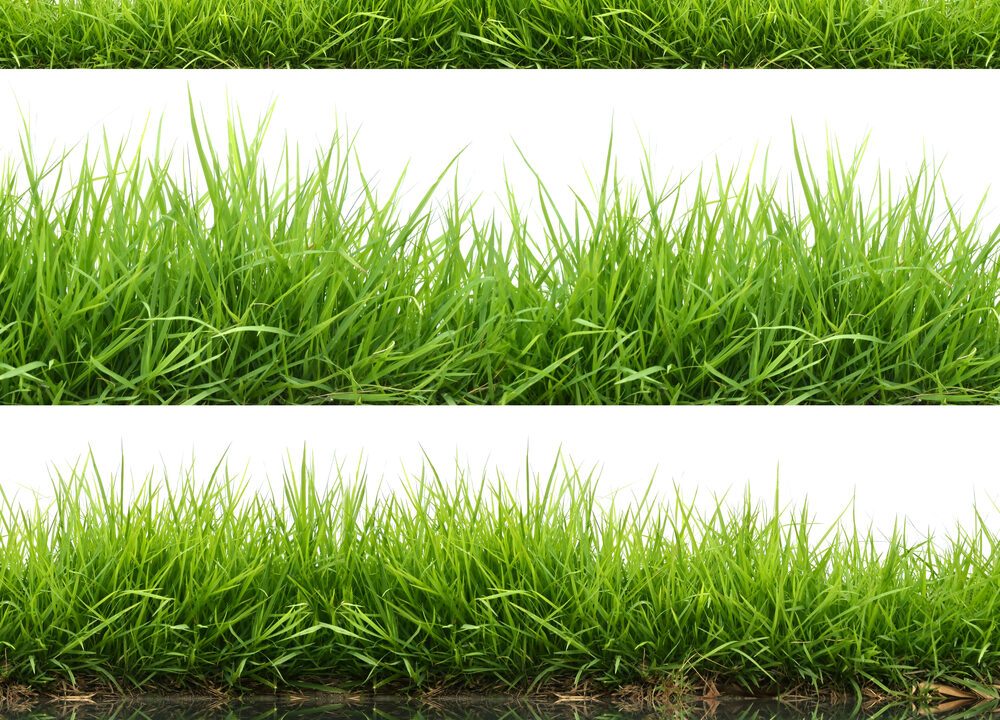COMMENT: Grass growth figures for the week just past show a drop to approx 30 kgsDM/ha across the country, but the perennial grazing challenge at this time of year has come to pass once again – grazing high grass covers when grazing conditions deteriorate due to wet weather.
It is juxtaposition, like we know it is going to happen at some stage during the autumn months, after we increase our farm cover to a high level and then have to graze off to a low residual. Such is the challenge we set as dairy farmers in a grazing system to reap the reward of low cost, high value milk at this time of the year.
As I write this piece on a Friday evening, the sky is bright with a little cloud, yet I know that it will short lived as more low front’s progress from the Atlantic. As grazing managers you must be prepared to take advantage of these moments as ground conditions deteriorate – hence we have the practise of On/Off Grazing.
On/Off grazing was developed to minimise poaching and wastage of grazing animals during periods of poor ground conditions – by creating a period of hunger/appetite before grazing which means that once the cows goes grazing she can take in 90 per cent of her requirement in a short three-hour grazing period.
It most cases the cows are kept back after morning milking for a two to three hour period without feed, then allowed to go grazing for three hours before being removed from the pasture again before they cause poaching. It goes without saying that 12 hour allowances should also be the norm during the recent poor grazing conditions. Some farmers have covers of 2500+kgDM/ha yet to graze – it is best to avoid these high covers in poor conditions, graze lighter covers briefly, then target the heavy covers when conditions improve. All above is recommended in conjunction with your Autumn rotation planner as described previously on AgriLand.
The other topic of discussion during the farm walks this week is body condition score of the cows. It is time to go though the breeding & scanning records to identify the early calvers. Cows need to be 3-3.25 BCS at calving. If they are 2.75 or less at drying off then they will need high quality silage and some supplementation (1-2kgs/day) to get back up to target within eight weeks. Alternatively they need 10-12 weeks to achieve their target with high quality silage with no supplement. Don’t leave it to chance – every unit in BCS drop will drop subsequent lactation yield by approx 500ltrs but more importantly will increase empty rates after next years breeding season.
Other things on the ‘to-do list should be soil testing. Now is the time to do it. Ideally pH should be close to 6.5 for optimum grass growth or up to 6.2 if in high molybdenum areas. If lime is needed then this is the time to apply it. There will be enough of time (~ two months) between a lime application now and the first urea application in late January.
My final point this week is to highlight what I feel is a unique opportunity for farmers to seriously improve the genetic merit of their herds. Within every population there are those of us who excel and those of us who do not and the same can be said about the genetic merit and performance of Irish dairy herds. At Grasstec, we are involved in the selection movement of dairy stock domestically and to the UK.
Currently, we have a large selection of what can only be described as the “cream of the crop” in terms of Irish dairy genetics, to sell on behalf of farmers. Lists of animals are in the top percentiles for milks solids output and fertility – yet the majority of the trade is to UK and not domestically – we are exporting our best. In previous years these animals would have commanded high prices such was their excellence, however this year prices are much lower (25-30 per cent lower) primarily as a result of some continuing cash flow problems after the difficult Spring and the high likelihood of a superlevy.
With cull cow prices remaining relatively high, it is time to indentify the poor performing cows in the herd and replace them with high EBI, high performance, high profit stock. This opportunity may not arise again for some time.
By Noel Gowen, consultant with Grasstec Dairy Solutions who provide a dairy consultancy, farm infrastructure design and livestock sourcing service in Ireland and UK. Noel can be contacted on +353 (0)86 8360285 or [email protected].
Image Shutterstock

